Description
hardware flow control. It is an ideal choice in the field of industrial automation.
Implementation of communication between ABC industrial robot and PLC based on DeviceNet fieldbus technology
introduction
In modern production systems, industrial robots and PLCs need to communicate and collaborate to complete production tasks. That is, the
industrial robots output signals to the PLC, allowing the PLC to control related equipment to drive the robot”s front-end tools. This article
mainly analyzes the communication problems between ABB industrial robots and PLC based on DeviceNet fieldbus technology.
DeviceNet is a common network communication method in the field of automation. ABB industrial robots establish a network to communicate with
Siemens PLC based on the DeviceNet network.
1Configure DSQC652
There are mainly 5 types of standard I/0 boards commonly used in ABB industrial robots [2]. Except for the different addresses assigned to
them during setup, their configuration methods are basically the same. This article mainly analyzes the ABB standard I/0 board DS0C652, which
mainly builds communication modules based on the DeviceNet network. The DS0C652 board has a distributed I/O module with 16 digital input and 16
digital output interfaces. The board is installed in the ABB industrial robot control cabinet. First, define the specific operation steps of the DS0C652 board,
enter the teach pendant control panel, then enter the configuration menu (Figure 1), select the DeviceNetDevice menu, and add a template to enter Figure 2.
ABB standard I/0 board is hung on the DeviceNet
network, so the address of the module in the network must be set. The jumpers 6 to 12 of terminal x5 are used to determine the address of the module.
The available address range is 10 to 63. Modify the parameters in the template parameters to complete the DS0C652 board settings. Click the drop-down
menu to select the “Use value from template” row, select
“DS0C65224VDCI/0Device”, and then the parameters that need to be set include the address of the I/0 board in the bus.
Figure 1 Configuring DSQC652
2Configure signals and parameters
After completing the DS0C652 board setting, the I/0 signal setting will be performed. Setting the I/0 signal is the basis for establishing communication with
the PLC. The PLC communicates and transmits data with the ABB industrial robot through the I/0 signal and the DS0C652 board. As shown in Figure 3, in the
signal configuration interface, there are many default I/0 points after the system is established. Modification is not allowed. Click “Add” to add signals. When setting
input and output signals, their address range is 0~15. First, enter the signal menu in the configuration options to set the input and output types, and modify the corresponding parameters.
After completing the settings, the computer prompts that you need to restart the settings. If there are multiple signals that need to be defined and the waiting time
is long after restarting multiple times, you can click “Cancel” and wait for all signals to be defined before clicking the “Yes” button to restart. After the signal settings are
completed, click to select “Input and Output” in the ABB menu to check whether all signals have been set.
Figure 2 Configure DSQC652 parameters
Figure 3 Signal parameter settings
During the signal establishment process, attention should be paid to the DSoC652 port and PLC port addresses used, and the corresponding address table should be
established, as shown in Table 1. The robot interacts with the PLC through I/O signals. During the setting process, there must be no errors in the port and address number
of the PLC connected to the DSoC652. If the address is set incorrectly, the communication between the robot and the PLC will not work properly.
The entire robot teaching pendant setting process is shown in Figure 4.
https://www.xmamazon.com
https://www.xmamazon.com
https://www.plcdcs.com/
www.module-plc.com/
https://www.ymgk.com
D20-EME | GE | Substation control card
JINT-G1C 3AUA0000044467 | ABB | frame control panel
A06B-6130-H003 | GE | servo amplifier
6SN1145-1BA01-ODA1 | Siemens | power module
P3403893-0351 | BENTLY | Vibration Transmitter
2TLA020070R1800 | ABB | Programmable Safety Controller
VN115/87-EMC | VISATRON | Oil Mist Detector
IC693DSM302-AE | GE | 90-30 Series Motion Controller
S72402-NANANA-NA-030 | Kollmorgen |server Driver
IC693MDL740D | GE | Positive Logic Output Module
IC670CHS102 | GE | I/O terminals
IC693PWR330C | GE | High Capacity Power Module
IC693MDL241D | GE | Discrete Input Module
IC693MDL730E | GE | Discrete Output Module
AI801 3BSE020512R1EBP | ABB | Analog input 8 channels
DI801 3BSE020508R1 | ABB | digital input module
DO801 3BSE020510R1 | ABB | digital output module
4PP420.1043-75 | B&R | power panel
2198-C1015-ERS | Allen-Bradley | server Driver
IC693ALG220 | GE | Analog input module Spot goods
IC690ACC901 | GE | With RS-485/RS-232 cable
X20PS3300 | B&R | power module Spot goods
X20CP1486 | B&R | I/O processor
X20PS9400 | B&R | power module Discount
8U-SDOX01 | HONEYWELL | DO Relay Extension (Uncoated)
8U-TDODB1 | HONEYWELL | DO 24V Bussed IOTA Redundant (Uncoated)
8U-TDODA1 | HONEYWELL | DO 24V Bussed IOTA (Uncoated)
8U-TAOXB1 | HONEYWELL | AO IOTA Redundant (Uncoated)
8U-TAOXA1 | HONEYWELL | AO IOTA (Uncoated)
8U-PAONA1 | HONEYWELL | Analog Output w/o HART
8U-PAOHA1 | HONEYWELL | Analog Output HART (Uncoated)
8U-TAIMA1 | HONEYWELL | Low-level AI IOTA (Uncoated)
8U-TAIXB1 | HONEYWELL | AI IOTA Redundant (Uncoated)
8U-TAIXA1 | HONEYWELL | AI IOTA (Uncoated)
8U-PAINA1 | HONEYWELL | High-level AI w/o HART, Single-ended (Uncoated)
8U-PAIHA1 | HONEYWELL | High-level AI HART, Single-ended (Uncoated)
8U-TAIDB1 | HONEYWELL | AI IOTA Redundant (Uncoated)
8U-TAIDA1| HONEYWELL | AI IOTA (Uncoated)
8C-TDODB1 | HONEYWELL | DO 24V Bussed IOTA Redundant (Coated)
8U-PAIH54 | HONEYWELL | High-level AI HART, Differential / Singleended (Uncoated)
8C-TDODA1 | HONEYWELL | DO 24V Bussed IOTA (Coated)
8C-PDODA1 | HONEYWELL | DO 24V Bussed Out (Coated)
8C-TDILA1 | HONEYWELL | DI 24V IOTA (Coated)
8C-PDIPA1 | HONEYWELL | Digital Input 24V Pulse Accumulation (Coated)
8C-PDISA1 | HONEYWELL | Digital Input Sequence of Events (Coated)
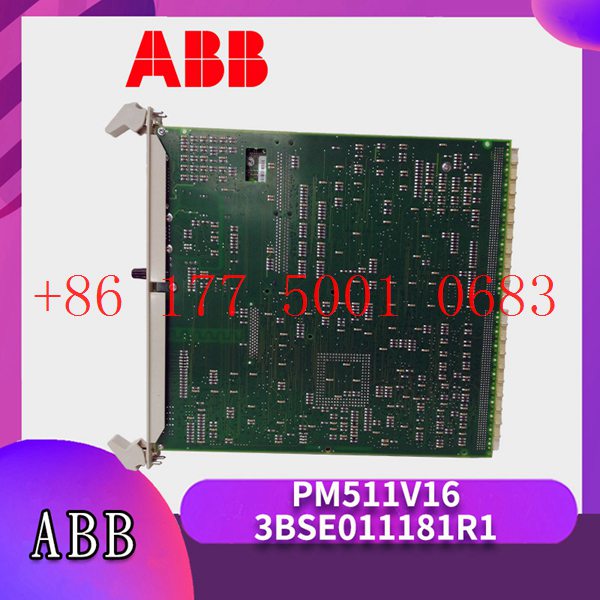
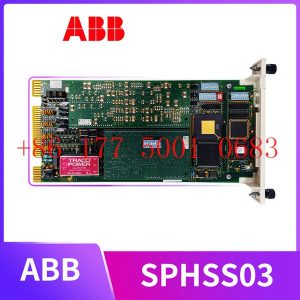
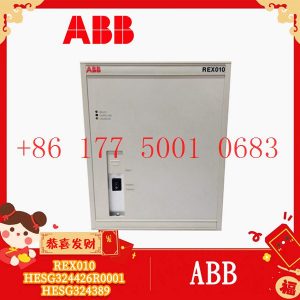
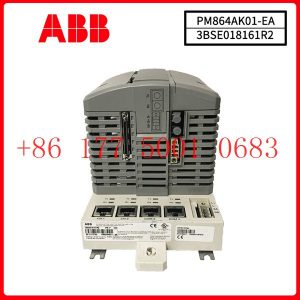
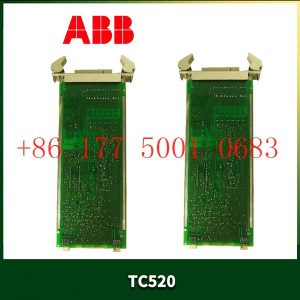




Reviews
There are no reviews yet.